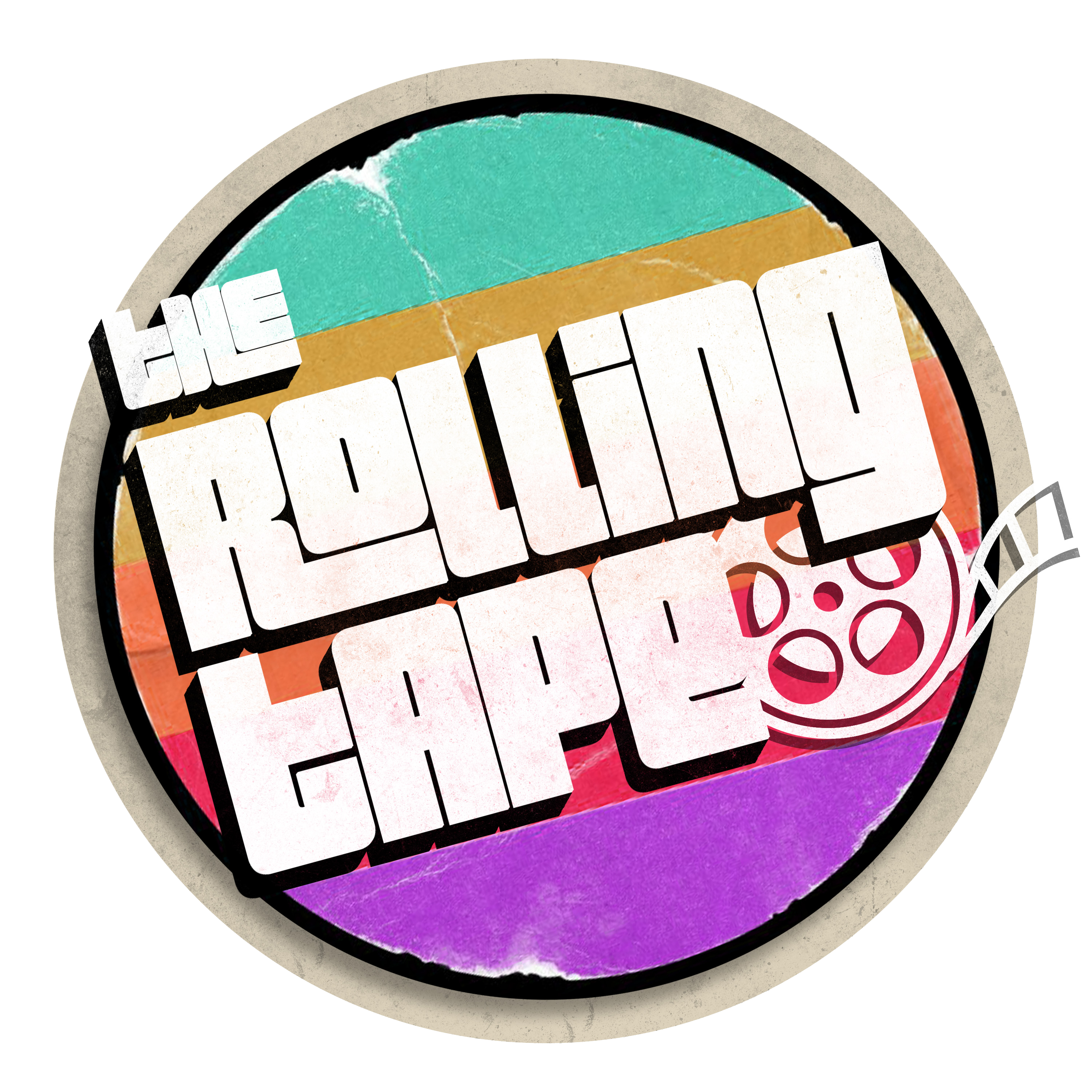My first experience with The Iron Giant occurred one random evening while watching Cartoon Network. I couldn’t have been more than six years old, but I remember being utterly captivated by my television screen. I was so in awe of the titular Giant (Vin Diesel), and I wanted to be best friends with Hogarth Hughes (Eli Marienthal). I was moved to hysterical tears by the end of the film. Life would forever be divided in two—pre-Iron Giant and post. Even at that young age, this movie felt big, earth-shattering, and special.
So, imagine my surprise when I later discovered that The Iron Giant was considered a giant flop. I was shocked that it wasn’t on the tip of everyone’s tongue amidst the Disney Animation Renaissance. This movie that moved metaphorical mountains in my little world only made a small splash in the industry ocean.
As the years went on, The Iron Giant popped up on TV less and less. There were other animated movies that dominated the conversations and thus, my brain space. I admittedly all but forgot about it by the time I went to college. Eventually, this film crossed my path again. The title repeatedly appeared on articles and lists I’d read detailing the best of animation. People in the film community were constantly singing its praises and demanding justice for the loveable giant— It amassed a cult following. It was almost like bumping into an old friend, and I smiled and reminisced over the good times.
Now, this film is turning twenty-five (yikes), and I realized that it had been well over a decade since I last watched the movie. I thought about how this movie rocked my world and wanted to rediscover why that was. I couldn’t help but wonder how a film that seemed so off the radar could endure the way this had.
So it was time for a rewatch.
The film tells the story of nine-year-old Hogarth who befriends a mysterious giant from space in the midst of the Cold War. With the help of a beatnik artist named Dean (Harry Connick Jr.), Hogarth attempts to protect the giant from a federal agent bent on having the government destroy him.
Ironically, I think the elements that may have hindered The Iron Giant from initially taking off are the very reasons why it has amassed the following it now has. I was surprised to discover that The Iron Giant feels so mature. Yes, it is a whimsical sci-fi story about a boy and his robot that leans into some silly hijinks, but at its core, there’s a heaviness and maturity that we don’t see in its animated counterparts.
First and foremost, it’s an animated film set during the Cold War fully embracing the tensions and paranoia that heavily pervaded the era. In doing so, it allows larger themes about humanity and understanding to shine through.
The Giant has unknown origins and purposes. He is unlike anything any of the human characters have ever seen. The main antagonist Kent Mansley (Christopher McDonald) allows his paranoia to run rampant and immediately deems the Giant a threat. He does not possibly know what this thing is, therefore it is evil. On the other hand, despite Hogarth, Dean, and Annie (Jennifer Aniston) all initially being frightened of the robot, they all allow themselves to believe in the Giant’s potential for good and seek to understand.
When the Giant feels threatened, he turns into a weapon, the very thing our antagonists want him to be. While playing with a toy gun, Hogarth accidentally triggers the Giant’s defense system. He nearly kills Hogarth with a laser, and, saddened by his actions, flees. The Giant does not want to be a mindless weapon. When he is treated like he has humanity, he realizes he has the potential for it. He craves connection and longs to be something people feel safe with.
The Iron Giant shows how, when we treat people with humanity, we allow others’ humanity to shine through. Kindness begets kindness. Compassion breeds compassion. Through the characters’ paranoia, we see how division and conflict are sewn when we don’t seek to understand people who are different. Death is also a major theme that has its fingerprints all over this film.
I found it so simple yet powerful that, all this considered, the film focuses on a robot that can put itself back together. The Giant rebuilds and helps others do the same. Bird quietly shows the viewers how, in the face of all the bleak and harrowing things the world may throw at us, you can still put yourself back together. And, in doing so, others can see the same is possible for them.
The Iron Giant embraces the complicated reality of the world we live in. It unabashedly showcases the brutality of our environment. But it also champions humanity and healing. In the midst of weeds, a flower can still grow.
While these complicated themes aren’t exactly an easy sell for an animated film, it’s also the reason so many people have fallen in love with The Iron Giant. It felt as monumental and (forgive the pun) giant for me at age thirty as it did when I was six but for many different reasons. I’d argue that now more than ever we need the Giant. The world falls further and further into unprecedented times. It’s suffocating. It’s loud. It’s so exhausting. But we have to find a way to put ourselves back together and open our arms to people who don’t fit the norm. We have to heal and we have to embrace the humanity in ourselves and others.
Retrospective Courtesy of Adam Patla
Image Credit to The Academy Museum via Warner Bros. Feature Animation

Recent Comments